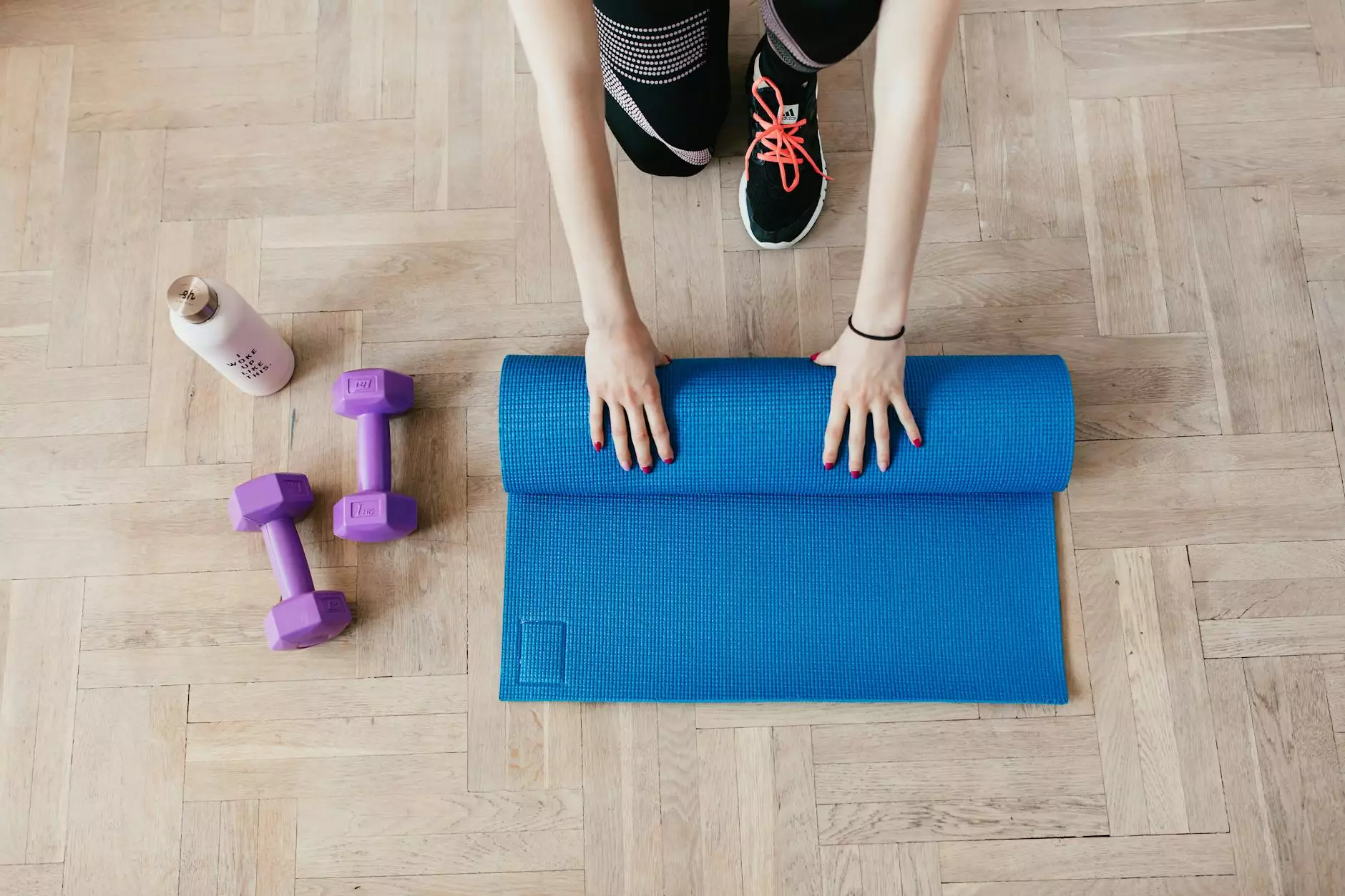Should I Do Yoga If I Have A Pelvic Floor Problem?
Yoga
The Importance of Pelvic Floor Health
The pelvic floor plays a vital role in supporting our body's internal organs and maintaining proper functionality. When the pelvic floor weakens or experiences dysfunction, it can lead to issues such as urinary incontinence, pelvic pain, and discomfort during physical activities. If you are dealing with a pelvic floor problem, it is essential to approach any form of exercise or movement with caution.
Understanding Yoga and its Benefits
Yoga, an ancient practice rooted in physical, mental, and spiritual wellness, has gained immense popularity in recent years. Its benefits extend beyond flexibility and strength to include stress reduction, improved posture, and enhanced mind-body connection. However, when it comes to individuals with pelvic floor concerns, practicing yoga requires special attention and modifications.
Consult with Professionals
Prior to starting any exercise routine, especially if you have a pelvic floor problem, it is crucial to consult with trusted healthcare professionals, such as a pelvic floor physiotherapist or gynecologist, who can assess your condition and provide personalized advice. They will be able to provide insights into whether yoga is suitable for you and recommend specific modifications to ensure your safety and comfort during practice.
Yoga Modifications for Pelvic Floor Problems
For individuals with pelvic floor problems, it is important to be cautious when participating in yoga. While certain yoga poses and movements may put excessive strain on the pelvic floor muscles, there are modifications that can help alleviate pressure and prevent further complications.
Avoid High-Impact Poses
High-impact yoga poses, such as jumping or intensive core exercises, can cause additional pressure on the pelvic floor. Instead, focus on low-impact movements and poses that promote gentle stretching, relaxation, and toning of the pelvic area. Work with an experienced yoga instructor who can guide you through appropriate modifications and emphasize pelvic floor engagement techniques.
Engage the Deep Core
Engaging the deep core muscles, including the pelvic floor, transverse abdominis, and multifidus, is essential for proper stability and support throughout your yoga practice. Learn how to activate and integrate these muscles effectively to provide a solid foundation for your movements. A knowledgeable instructor can provide guidance on activating the pelvic floor muscles correctly and incorporating pelvic floor exercises into your yoga routine.
Breathing Techniques
Breathing techniques, such as diaphragmatic breathing and pelvic floor focused breathing, can be incredibly beneficial for individuals with pelvic floor problems. These techniques help improve relaxation, enhance blood flow, and promote better control of the pelvic floor muscles. Incorporate appropriate breathing exercises into your yoga practice under the guidance of a qualified instructor.
Listen to Your Body
One of the most important aspects of practicing yoga with a pelvic floor problem is to listen to your body and honor its limitations. Pay attention to any discomfort or pain and modify or skip poses as needed. Each individual's experience is unique, and what works for one person may not work for another. Avoid pushing yourself beyond what feels comfortable and always prioritize self-care.
Final Thoughts
Yoga can be a wonderful exercise for individuals with pelvic floor problems when approached with caution and guidance from professionals. Consulting with healthcare experts and working with experienced yoga instructors who understand the complexities of pelvic floor concerns is crucial to ensure a safe and beneficial practice. Remember to focus on modifications, engage your deep core, incorporate appropriate breathing techniques, and listen to your body throughout your yoga journey. With the right approach, yoga can contribute positively to your pelvic floor health and overall well-being.










